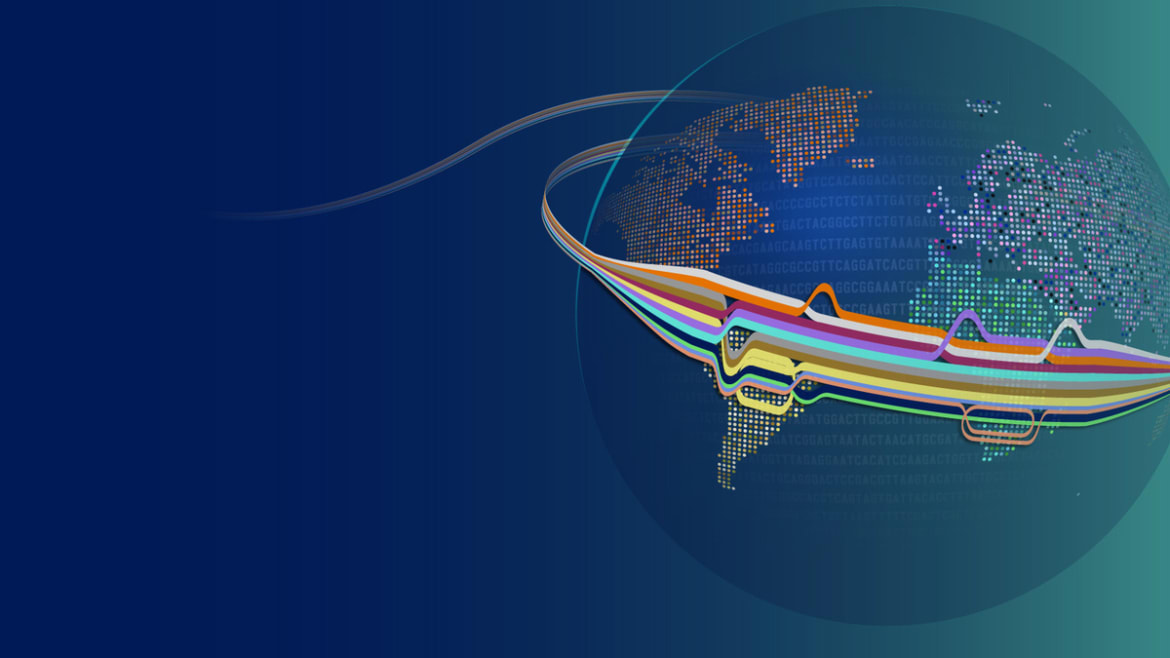Darryl Leja, NHGRI.
This latest era of medicine is quickly being defined by the breakthroughs we’re making in genetics. Thanks to tools like CRISPR, there’s a ton of interest in treating and curing diseases that have a genetic cause by going to the source and modifying the genes themselves.
To do so, of course, we need to know what we’re looking for. The completion of the Human Genome Project last year—an effort that took more than two decades—gave us a full reference of the human genome and its entire sequencing. That meant scientists were finally armed with a map of all of the human species’ genes, and were in a position to pinpoint exactly what kinds of genes were responsible for what kinds of traits and characteristics—and by extension, what was critical to a person’s health.
Well, sort of. Though the complete genome reference was a milestone achievement in its own right, it was also still not complete. And perhaps more critically, it lacked diversity. Two people’s genomes will be 99 percent identical, but there’s still 1 percent that changes from person to person. And sometimes, this 1 percent is the difference between immaculate health, and a devastating illness.

